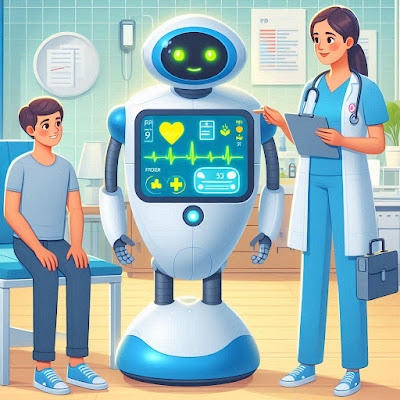Introduction: Decoding the Impact of Public Health Campaigns
In the realm of public health, awareness campaigns serve as powerful tools for educating, motivating, and mobilizing communities to adopt healthier behaviors and reduce the burden of disease. However, the success of these campaigns hinges not only on their creative messaging and outreach strategies but also on their rigorous evaluation. In this comprehensive blog post, we will explore the intricacies of public health campaign evaluation, examining its importance, methodologies, challenges, and best practices for maximizing impact and effectiveness.
 |
| Public Health Campaign |
Understanding Public Health Campaign Evaluation: Why It Matters
Public health campaign evaluation is the systematic assessment of the planning, implementation, and outcomes of health promotion initiatives. Its primary objectives are to:














